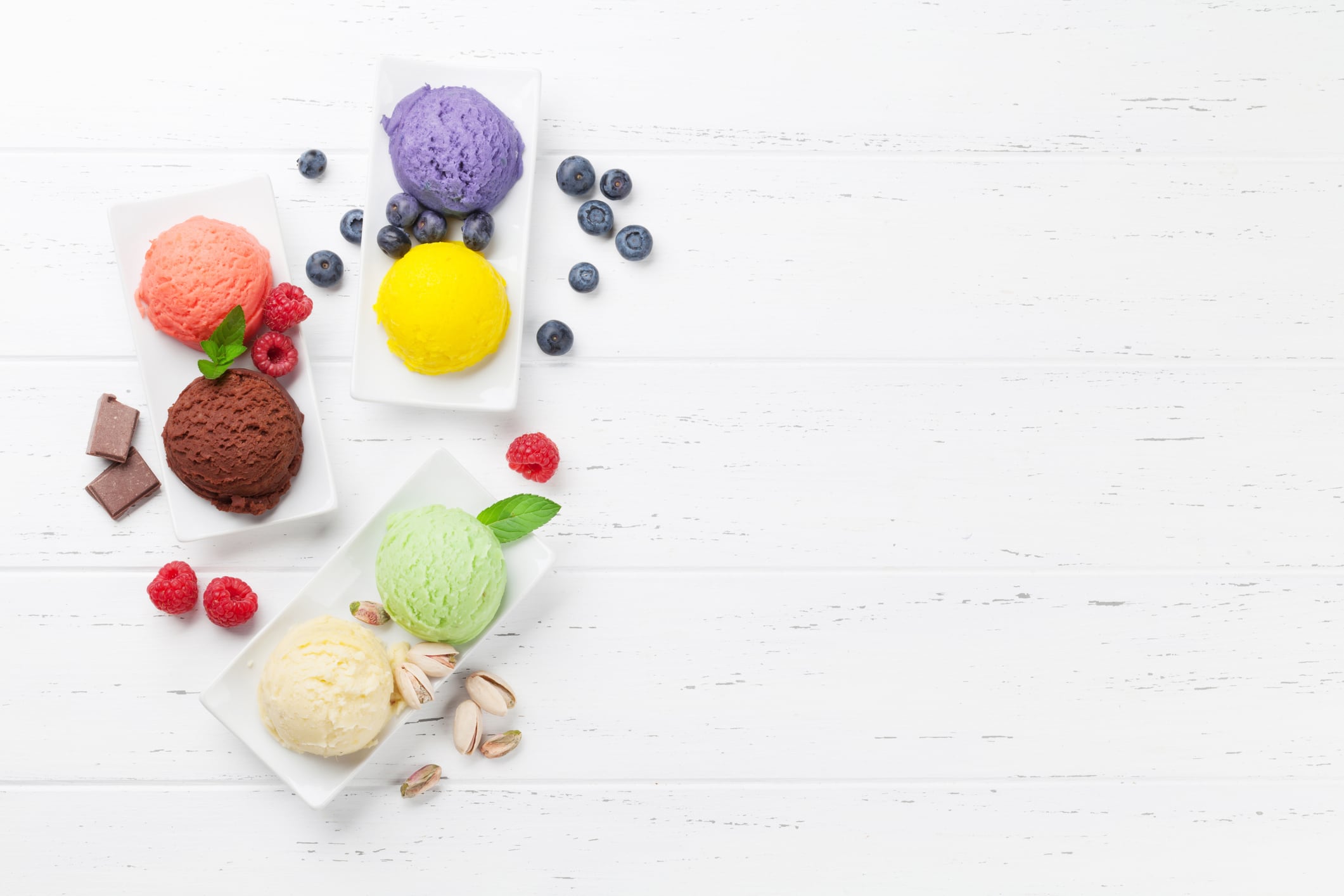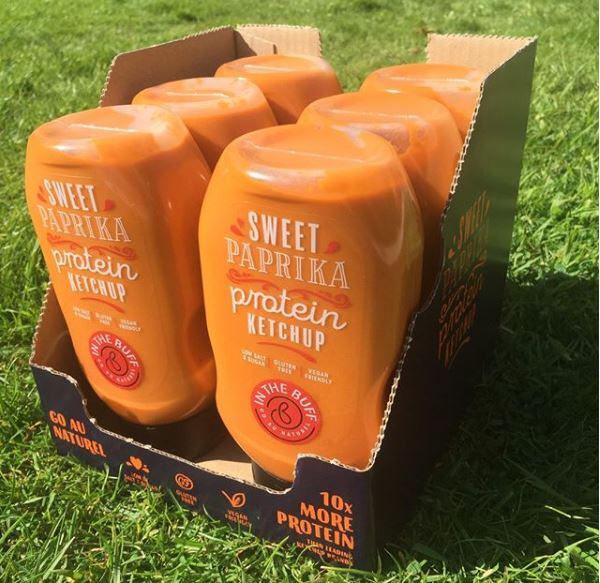A new report from Future Market Insights noted so-called ‘fusion beverages’ will generate global sales of US$5.7bn in 2019. Compound annual growth is expected to top 6% over the next five years, according to the market researchers.
Future Market Insights research consultant Sanjeevani Dubey explained that fusion beverages can be defined as ‘hybrid drinks’ produced by mixing a variety of beverages.
“Fusion beverage is an emerging category that gains high attention from the consumers who prefer beverages for not only quenching their thirst but also for nutritional benefits. This drives the beverage manufacturers to emphasize healthy beverages, so they have come up with the concept of fusion beverages that ensure health benefits without compromising on taste,” he told FoodNavigator.
“The growth of fusion beverages market is driven by evolving tastes preferences of consumers to try-something-new along with the upgrading lifestyle and supported by the ongoing development of unique flavours that enhances the taste and nutritional level of beverages.”
Fruit and vegetable juice fusion, fused tea, fused energy drinks, and fused wine are a few examples of fusion beverages. And the trend has already caught the imagination of big brands in the beverage space, including PepsiCo which offers IZZE sparking juice, Keurig Dr Pepper’s Bai Coco and Fuze Tea by Coca-Cola Company.
‘Multi-sensory’ opportunity
Existing fusion beverages on the market are enjoying growth thanks to their appeal to consumers looking for flavour experimentation as well as better-for-you functional drinks and reduced sugar levels.
However, Dubey predicted, evolving consumer demands will place pressure on the category to ‘create a culture of consistent innovation’ that keeps pace with changing consumer dynamics. The research analyst suggested that the sector will benefit from new opportunities in 2019 and beyond as a ‘multi-sensory’ offering is developed.
“Manufacturers are seeking to incorporate high nutritional value ingredients such as super fruits, probiotics, prebiotics, vitamins and minerals in their end product,” he noted.
“Palatability shares an equal impact on catering to the burgeoning demand for healthy beverages. … Manufacturers are developing different fusion beverages using vegetable juice with fruit juices, different fruit juices and also several other categories of beverages such as soft drink and hard drinks.”
Manufacturers of fusion beverages will continue to draw upon the growing affinity for natural ingredients, which would further solidify their brand positioning, Future Market Insights predicted in its latest report on the category. “The transition toward beverages infused with natural ingredients and move away from the ones with added antioxidants is heading towards its peak, placing the onus on manufacturers to use high-quality natural ingredients in their offerings.”
Fusion extending its reach
While fusion soft drinks are now a well-established concept, the form of flavour experimentation has the potential to extend its influence on grocery innovation, Dueby predicted.
In particular, this can be seen in alcoholic beverages. “Many manufacturers are [fusing] different segments of alcoholic beverages to attain different tastes and cater to the demand for adventurous customers.”
This could help counter a downward pressure on alcoholic sales. “Globally, there is a slight dip in alcohol consumption among the population, but developed markets are still imbibing regularly, which result in regular innovation within the market,” Dubey noted.
For instance, Accolade Wines, brought out a new fusion of rosé wine and gin in February this year. A second spirit-wine infusion was rolled out by the group in June.
Dubey believes that the underlying fusion concept has potential to extend to other areas in grocery. Think Heinz’s ketchup mustard hybrid, recently launched as the brand works to remain relevant in the flat condiments category. Or Mondelez's efforts to fuse its various signature chocolate and biscuit recipes, such as Oreo and Cadbury. “These factors are showing enough potential to bring fusion trend in grocery innovation," Dubey concluded.



